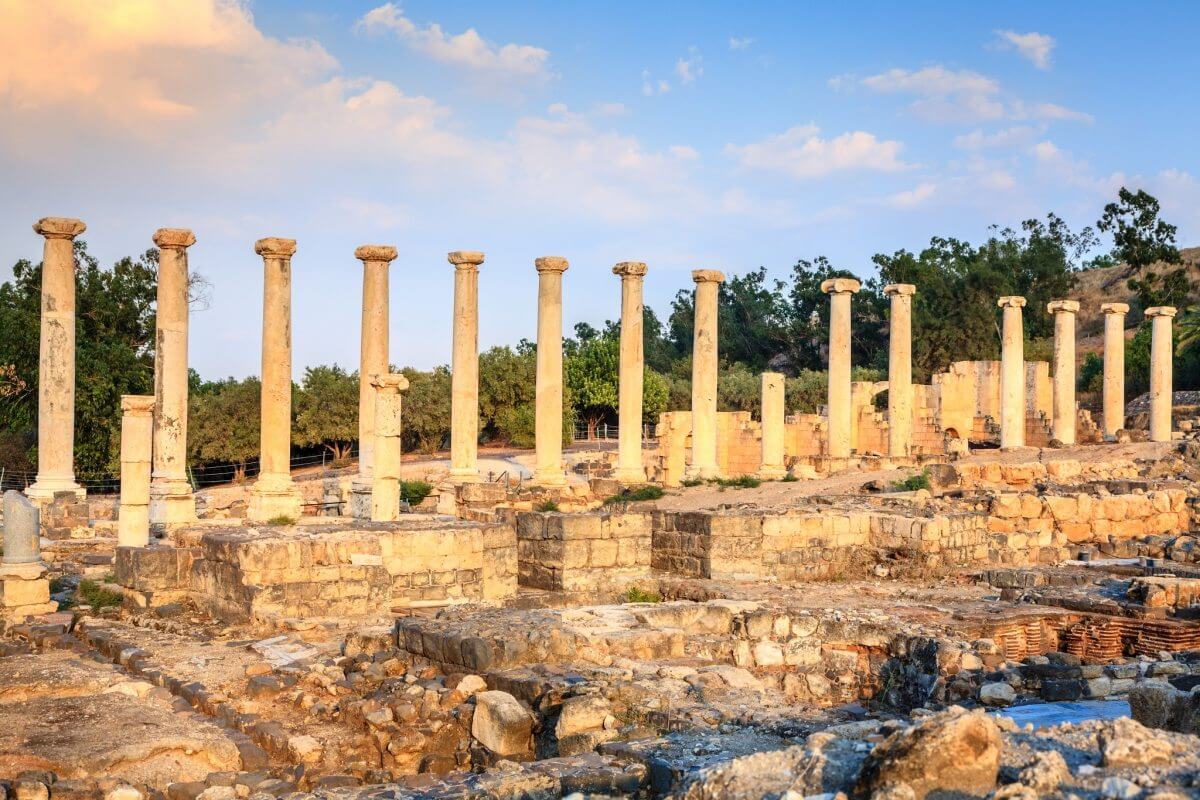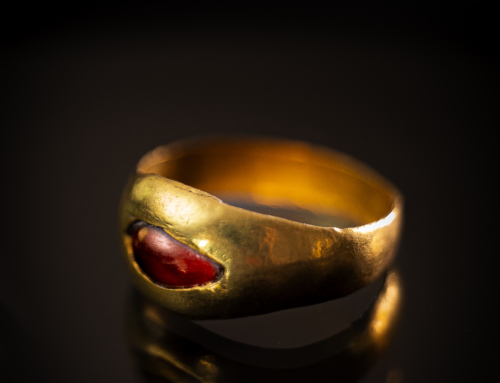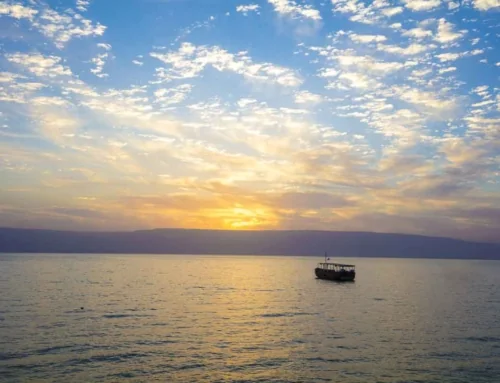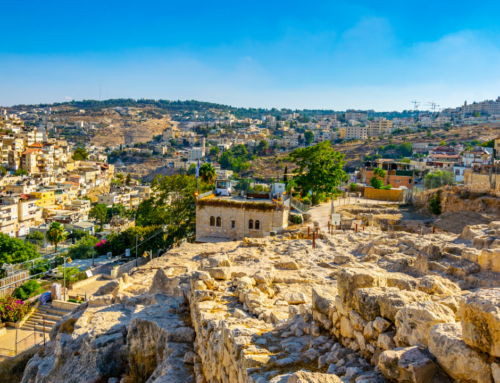Many of peoples favorite moments of their Christian Holy Land tour comes from moments where they feel that they are able to really absorb and put themselves into ancient Israel. There are few places that allow for this to happen as much as Beit She’an.
Beit She’an National Park is located in northern Israel. It offers some of the most intact ancient ruins of anywhere in the world. When you look out onto the park, you will be astonished at the amazing views of Roman columns, roads and structures.
Here are some of the things that makes this place so special!
History at Beit She’an
A large tel overlooking the ruins had extensive excavations in it and within this slice that was taken from the hill, an astonishing history revealed itself. This city has a history that goes back to prehistoric eras. It was where Saul and his sons were hung upon their defeat.
The land has been ruled by Canaanites, Egyptians, Philistines, Greeks, Romans, Crusaders, Mamluks, Ottomans, British and now is part of the nation of Israel. At one point, 40,000 people lived there and it was a major hub of the Decapolis. It was renamed Scythopolis for a period of time during the Hellenistic and Roman periods.
The park is LARGE covering about 370 acres! The reason it is so preserved is because of a large earthquake that took place around 749 AD, as the city is located on a large fault.
Amphitheater at Beit She’an
The hippodrome in Beit She’an was constructed in 2nd century AD for chariot races. It eventually was converted to the amphitheater you see now which held more blood sports, including the persecution of early Christians.
Palladius Street
This street, which has been reconstructed, is named for the Governor there at one point whom an inscription was found that referred to him. It was a main street in the city’s prime. There is evidence of shops that lined the street and elaborate mosaics have been found around the street.
Roman Theater at Beit She’an
This theatre was built within the city, not outside of it as the amphitheater was and seated around 7,000 people. This was used for more sophisticated events such as plays and concerts. Restoration projects have restored a good part of the the theatre but original seating does exist in the bottom rows.
Nymphaeum at Beit She’an
Nymphaeums were grottos or fountains that were dedicated to nymphs in Greco-Roman culture. was public fountain is from the 2nd century AD and ruins from it are scattered in the area. There are plans to restore the fountain at some point.
The Tel at Beit She’an
In the background of the park you will see a large hill. If you are able, a short hike to the top of the hill will give you spectacular views of the ancient ruins below you and you really get a sense of the magnitude and scale of the ancient city. Within the tell, excavations took place and 20 layers of civilization were found! One of the most preserved is from the Egyptian era, being the governors house, built around the 12th or 13th century. Stellas were also found that include references to Seti I and Ramses II.
Public Restrooms at Beit She’an
One of the favorite places within the park to visit, and certainly to take a photo, are the ancient public restrooms. You would wait in line and sit between to large stones that hovered above a large channel. In front of the channel was another channel that was used for cleanliness. Both channels had constant flowing water. Deals were made here, socialization happened and all with no private stalls!
Roman Bathhouses at Beit She’an
Bathhouses are a well known feature of ancient Roman culture. They were places of social and recreational activity. You can see Roman bathhouses in Beit She’an, complete with the innovative heating system they used.
Bible Verses that Talk about Beit She’an
And by the borders of the children of Manasseh, Beth-shean and her towns, Taanach and her towns, Megiddo and her towns, Dor and her towns. In these dwelt the children of Joseph the son of Israel. – 1 Chronicles 7:29
And Manasseh had in Issachar and in Asher Beth-shean and her towns, and Ibleam and her towns, and the inhabitants of Dor and her towns, and the inhabitants of Endor and her towns, and the inhabitants of Taanach and her towns, and the inhabitants of Megiddo and her towns, even three countries. Joshua 17:11
Neither did Manasseh drive out the inhabitants of Beth-shean and her towns, nor Taanach and her towns, nor the inhabitants of Dor and her towns, nor the inhabitants of Ibleam and her towns, nor the inhabitants of Megiddo and her towns: but the Canaanites would dwell in that land. Joshua 17:11
Neither did Manasseh drive out the inhabitants of Beth-shean and her towns, nor Taanach and her towns, nor the inhabitants of Dor and her towns, nor the inhabitants of Ibleam and her towns, nor the inhabitants of Megiddo and her towns: but the Canaanites would dwell in that land. Judges 1:27
And they put his armor in the house of Ashtaroth: and they fastened his body to the wall of Beth-shan. And when the inhabitants of Jabesh-gilead heard of that which the Philistines had done to Saul; All the valiant men arose, and went all night, and took the body of Saul and the bodies of his sons from the wall of Beth-shan, and came to Jabesh, and burnt them there. 1 Samuel 31:10,12
And David went and took the bones of Saul and the bones of Jonathan his son from the men of Jabesh-gilead, which had stolen them from the street of Beth-shan, where the Philistines had hanged them, when the Philistines had slain Saul in Gilboa. 2 Samuel 21:12
Baana the son of Ahilud; to him pertained Taanach and Megiddo, and all Beth-shean, which is by Zartanah beneath Jezreel, from Beth-shean to Abel-meholah, even unto the place that is beyond Jokneam. 1 Kings 4:12
If you are interested in adding Beit She’an to a tour of the Holy Land, contact our Tour Operators who will be happy to help!







